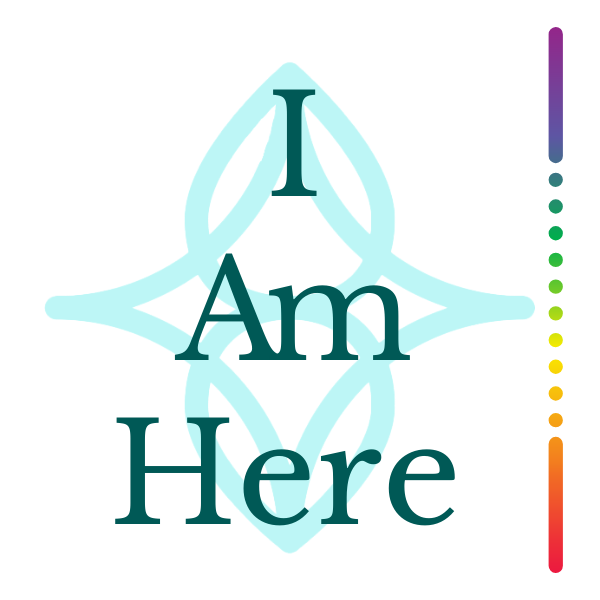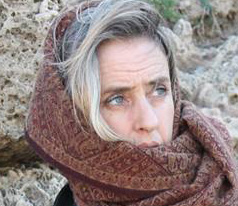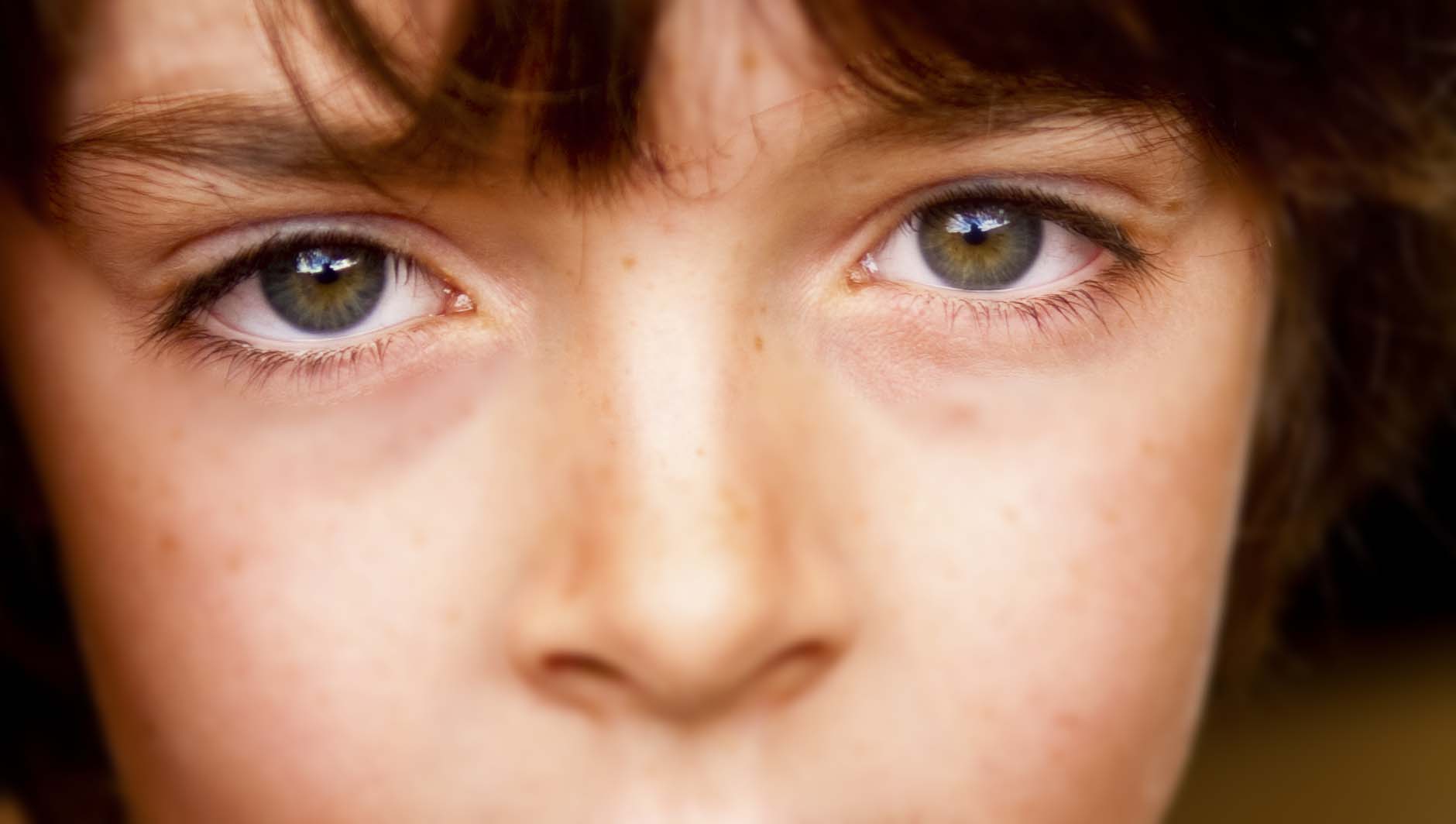Q: Why does suffering have to be exclusive? Why do we separate from others when we suffer?
If suffering appears as exclusive, there is a wisdom behind that movement of separation in the negotiation of physical time and space. Separation – more space and time – could be needed for a while because when suffering arises, it is intimate and shockingly real. Is there reality to the idea of suffering excluding others? Absolutely not.
Yet to open this, we must look at the nature of suffering, which means we need to allow suffering to arise in our perception, sentience and experience. Are we ready to take some time and space to do this? Is there enough suffering around to make this possible?
What is suffering? Could this phenomena called suffering ever exclude anyone? Does it have a separate identity, self and soul? Is there a human, animal or archangel whose name is “suffering”?
No, there is no such animal.
Suffering is utterly dependant on the one that suffers. It arises out of the one that suffers. It has life – thoughts, feelings, and body – which is drawn from the one that is able to suffer.
So can suffering exclude? No. That would be the end of itself, it would have no more substance if it could truly separate from the one that is sustaining it. Suffering doesn’t exclude anything or anyone, we are the ones that for whatever purpose, attempt to direct our consciousness in a way that excludes real suffering.
Q: Can’t we exclude suffering forever, by not investing in it?
No. We can numb it with medication. We can distract ourselves from it with recreation and pleasure-seeking. We can try to sleep through it – closing the windows of perception as soon as the suffering weather comes. But in the end, to exclude suffering means to exclude life and living. Still further, it means to deny creation. As part of creation, are we able to deny it?
Q: So what is suffering?
Suffering is a word loaded with negative connotation and agenda. It is a word, caught within the polarity of pleasure and pain. We want the pleasure but we don’t want the pain. Yet the pain is the twin flame of pleasure – it gives sense to pleasure. In the same way, pleasure, or its absence, gives sense to pain. You don’t get one without the other. It’s just a sliding scale. No matter how much you control, how fast you run, or how high you fly.
Pleasure will always bring pain – they are two sides of the same coin.
Q: So what is pleasure and what is pain?
They are the effects of contact with a differing vibration. They are sensations – sensations that are arising out of movement. A gentle stroke is pleasant while a sharp slap is painful – yet both involve the principle of contact, touch and otherness – both depend on a separation or space between. No space, no touch. No touch, no pleasure and no pain. No emptiness, no creation.
So in suffering, we are being touched. We are being touched so much that it hurts. It becomes uncontainable, so there is a slow-down, an energetic freeze or flight.
If that same touching was gentle, and attuned to peace, it would be pure pleasure, responsiveness would be allowed, there would be reunion.
In suffering, something is touched, perhaps even destroyed (which is always transformation).
This “thing” which can be touched and can be destroyed is just a form, it is anyway inherently unreal in that it is transient. This “thing” of phenomena is at source totally dependent on you – the one out of whom the thing is arising. You are the source of it and it is transiently a part of you.
Q: Can we be free of suffering?
We are always free of suffering. We are always, already free of suffering, at the same time that we are in suffering.
The more we move with the illusion that we can “exclude” suffering, the more we lose connection with that freedom. This is because the very notion of exclusion is based in the belief that absolute separation is possible.
Q: So what is its purpose?
Suffering in part of the barometer of feeling. Feeling is the after-effect of perception through awareness. The Tibetans call it sentience. Awareness is unconditional – unlike consciousness, it doesn’t exclude, select or divide.
With our consciousness we can “block” the impressions left through awareness (our angers, pain, grief), but it will anyway arise through what psychologists have termed the “unconscious” – it will arise in the dream state, when consciousness has surrendered to awareness, in the forms of – for example – projections, dreams or nightmares. It will even arise in play-outs in whole dramas in our “normal” every-day lives. Awareness is always responsive , always responding whether or not we allow it, and always inclusive.
Our control is limited to the “blocking”, “selecting”, or “investing” choices of the waking mind and the power of consciousness and light directed by that same mind.
Awareness is a window that opens to unconditional or universal love. That is to say that love is carried in every particle of awareness. It has a vibration which is much finer and more potent than the normal shared vibration of human life – that which resonates through the individual self, the physical body and nervous system. The impact of the vibration of love on the physical vibration manifests in the experience of feelings and emotions. This impact on form is what we normally identify as “love”. What these feelings are in reality, are the effect of love on a denser layer of form or vibration.
Q: So love is not so “loving”?
Loving is the effect of love manifesting through layers of vibration. In this, we begin to identify, calling it “my” love or “your” love. In this, the Me and the You arise. “Nobody loves Me.” Within this mind-field, there is the suffering of ignorance and of disconnection from who we truly are in a wilderness of form. That same suffering is the love calling us home.
When our physical and psychological bodies are relaxed, the effect of this love can be experienced as a fulfilling, nurturing, opening, reuniting, delicious happening in the heart, body and mind.
Yet we are always secretly dosing it, because if the potency were to be increased, it could break our nervous systems. This is part of the task of identification – to put limits on the love to preserve our mental and psychological form. The body itself regulates how much love can be experienced. Too much love becomes a very high form of suffering. Most people actively run from that. It takes training – down to the light particles of the nervous system – to allow this love in its purity.
Conditioning (the misconception of conditional love) has groomed our nervous systems into patterns of disallowing pain – or avoiding suffering. This is based on the absolute belief in “otherness” (a twin-flame of identification). It also arises out of a belief that our physical fragility is some kind of absolute fragility (i.e. that pain is an existential or spiritual threat). This means that the subtle vibrations of our physical form become even denser. This is what we could call an energetic “block”.
Yet love always seeks itself, and it is infinite in its omnipotence. The blocks become attractants. This is because trapped within these block are dense, (not yet physical) particles of love. Vibrating particles of love. Love answers love creating an extremely high potency of love.
This high potency of love moving through the physical is the experience of suffering.
Q: So how should I move with suffering?
This suffering is not “my” suffering or “your” suffering. There is no “me” and there is no “you”. These are mental constructs created by the mind to support its own evolution.
If we move through a casualty zone, we move equally through suffering. It is one shared pool of pain. Yet if we are a paramedic, we will know that suffering as love.
At core, suffering is the love which cannot and will not exclude any vibration of itself.
Suffering is love and love is suffering. And who now, if they asked themselves honestly, in privacy, and in the suffering of isolation, could live without love?
Q: Why does God allow suffering?
In the light of the above, it could be experienced that God is love. Love is infinitely arising out of what you could call God. This love is arising through all the dimensions of our physical universe, of creation. It is always here, always now, always arising from beyond the limits of time and space.
If God is love, then God is suffering. God is suffering and suffering is God.
All we need to do is allow that. Allow ourselves to surrender the “I” and to collapse in empathy.
Empathy is the effect of perception through emptiness – perception through all that which is transient and temporary. In seeing and feeling through all that which is transient and temporary – disengaging and disinvesting from all transient forms, the one that sees becomes purified and revealed. All transient forms are inherently empty, so the one that sees and the one that feels, can easily pass through. Also suffering is a layer of form. It is empty of a separate self.
Q: Allowing suffering sounds quite outrageous!
Through allowance, the greatest fire of all will arise – the fire of passion – powered by pure love. This is the true outrage.
This passion will rise and manifest through compassion.
Compassion is passion manifesting in form – through the transient separations of time and space.
This compassion will compel action – in and of itself. It is choice-less. In witnessing all this, understanding will unfold into wisdom, implanting deeply into the fertile silence of the mind. This wisdom empowered by consciousness will stand timelessly – for as long as there is still time – as a guide in the art of living.




